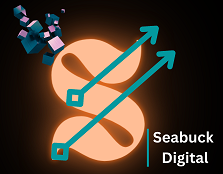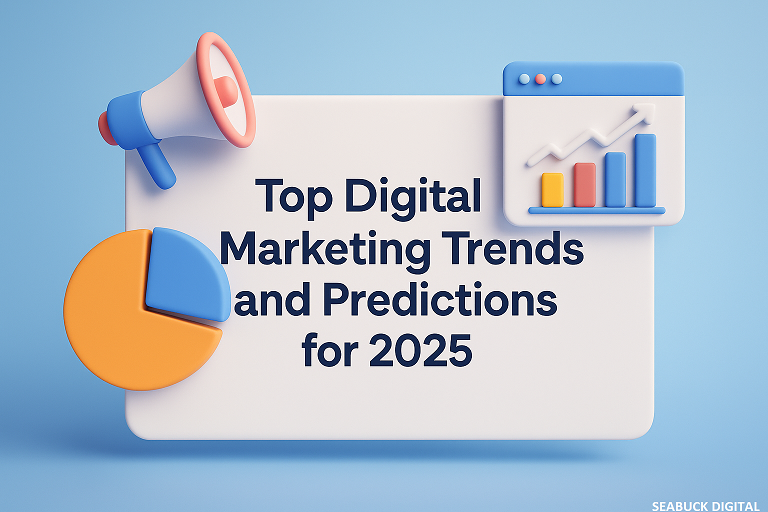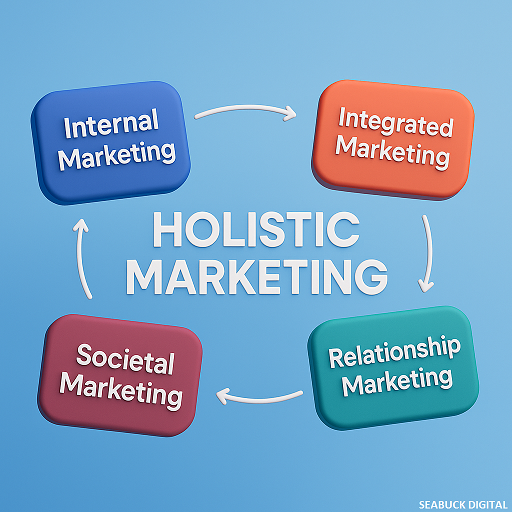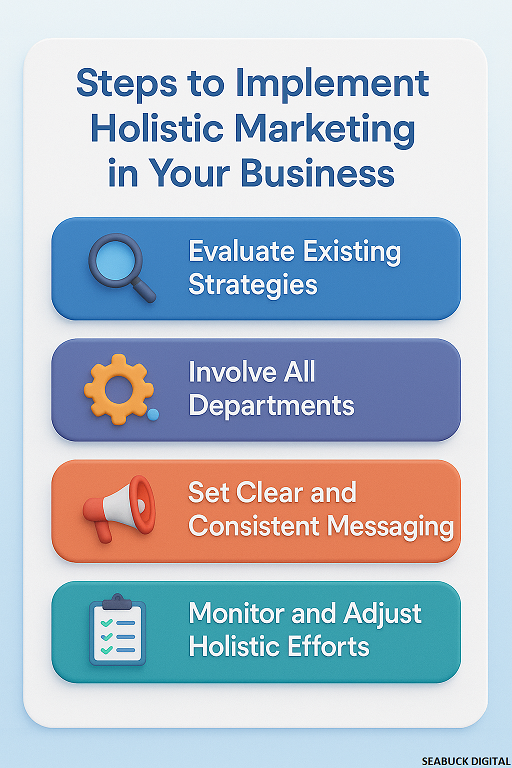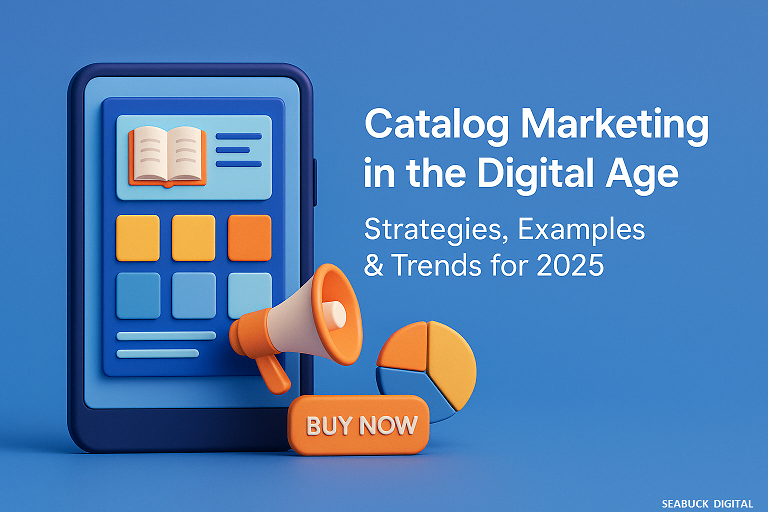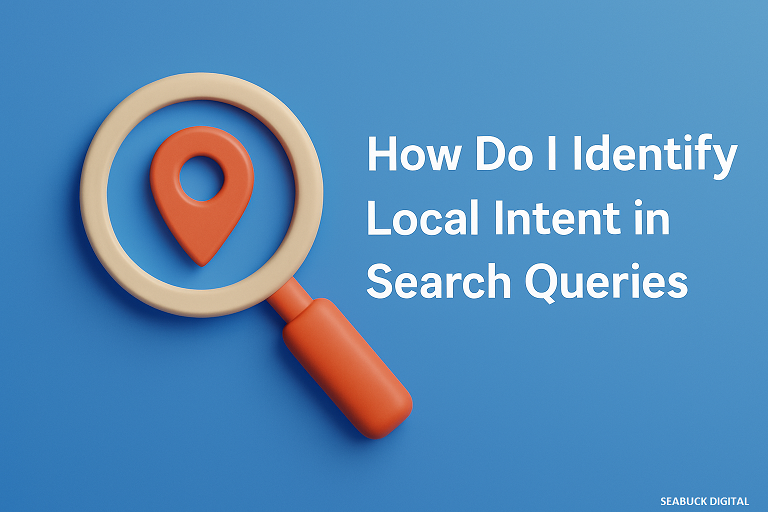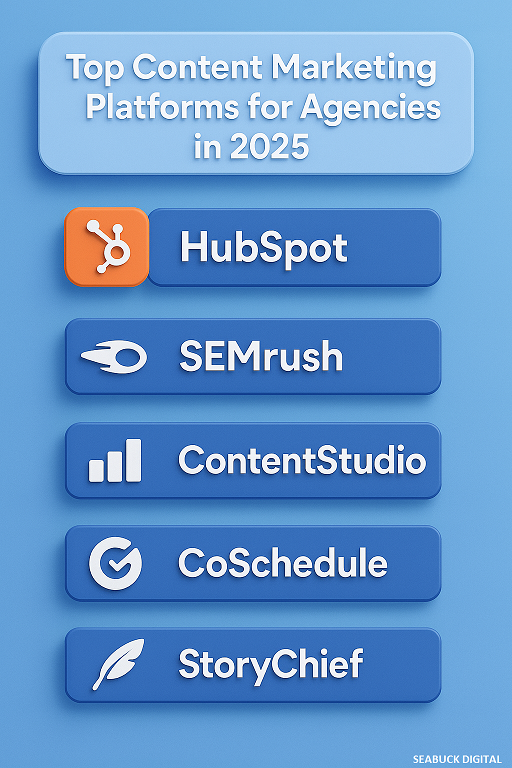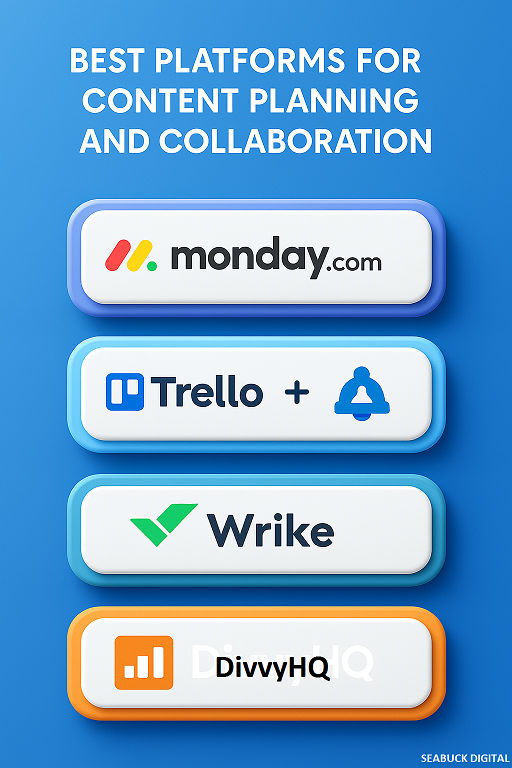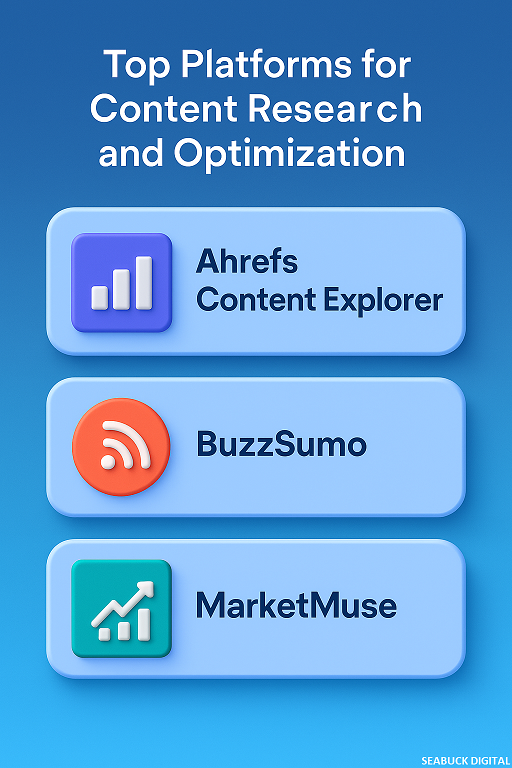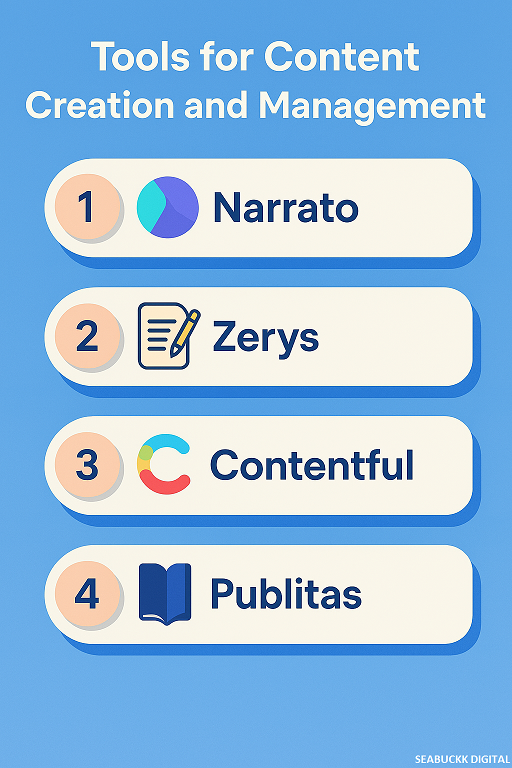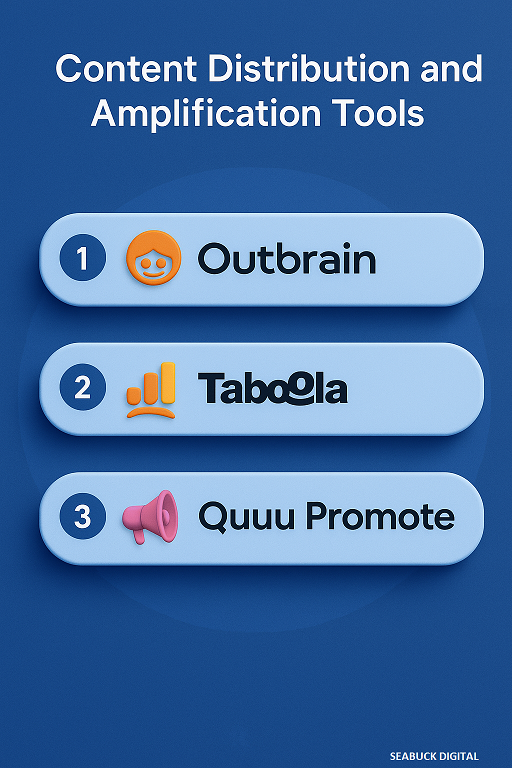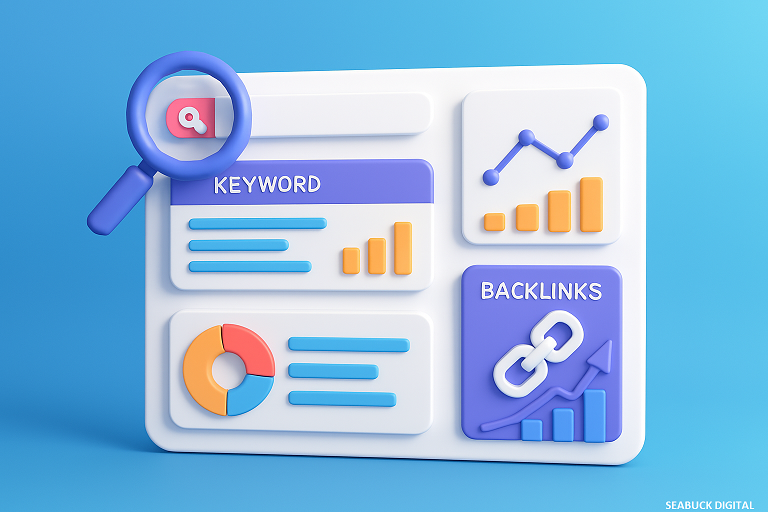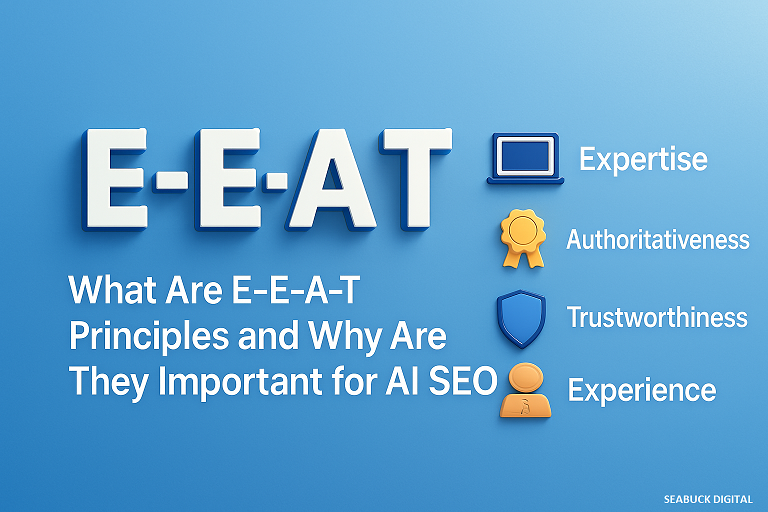
Introduction to AI Content Detection
What is AI Content Detection?
AI content detection is exactly what it sounds like—tools and algorithms designed to sniff out whether a piece of content was written by a human or an AI. These systems look at sentence structure, vocabulary use, patterns, and other stylistic clues to determine if something was generated by tools like ChatGPT, Jasper, or Claude.
Why Is It Gaining Attention Now?
Since late 2022, there’s been an explosion in the use of generative AI for everything—from school essays to blog posts. That naturally raised red flags. Publishers, educators, and search engines started wondering: “Is this real or robo-written?”
The Rise of Generative AI Tools
Thanks to the insane accessibility of tools like GPT-4, Bard, and Claude, practically anyone can churn out content in minutes. While this is super helpful, it also leads to a flood of lower-quality, templated material that lacks human depth—hence the need for AI detection.
How AI Content Detection Works
Algorithms and Machine Learning
Detection tools are trained using machine learning models. They analyze huge datasets of AI-written and human-written text to find the subtle differences. Over time, they improve their pattern recognition.
Common Detection Methods
Perplexity and Burstiness
These two concepts help flag content that lacks human variation. Perplexity measures how unpredictable the text is. Lower perplexity = likely AI. Burstiness refers to the variation in sentence structure. Humans write with more burstiness; AIs are more monotone.
Stylometry Analysis
Stylometry compares writing style elements like rhythm, sentence length, punctuation, and vocabulary diversity to known AI patterns.
Watermarking AI Text
Some tools are exploring ways to “watermark” AI-generated content—subtle patterns hidden in the syntax—that can be flagged by specific detectors.
Popular AI Detection Tools
Originality.ai
Popular with marketers and agencies, it checks both plagiarism and AI content. It’s considered fairly accurate, especially for detecting GPT-style writing.
GPTZero
This tool gained popularity in education. It uses perplexity and burstiness to determine whether something was AI-generated.
Writer AI Detector
Part of the Writer platform, it offers quick analysis for teams and content creators.
Why AI Content Detection Matters in SEO
Google’s E-E-A-T and Content Authenticity
Google’s ranking guidelines emphasize Experience, Expertise, Authoritativeness, and Trustworthiness (E-E-A-T). AI can struggle with showing actual experience or authority—making human input vital.
AI Detection and Search Engine Penalties
While Google doesn’t automatically penalize AI content, low-quality or spammy content can get hit hard. Detection tools help flag content that might not meet quality guidelines before Google does.
The Trust Factor for Readers
Beyond SEO, readers can usually tell when something lacks personality. Robotic content kills engagement and trust—two crucial metrics for dwell time and conversions.
The Accuracy Dilemma in Detection Tools
False Positives and Negatives
No detector is perfect. They can label top-tier human writing as AI (false positives) or miss cleverly disguised AI text (false negatives).
How AI Detection Can Mislabel Human Content
Ironically, overly polished or structured human content—like that from trained writers—often triggers AI detectors. That’s frustrating and problematic for honest creators.
The Legal and Ethical Concerns
Imagine being falsely accused of cheating or plagiarism due to an inaccurate AI flag. That opens doors to legal pushback and ethical debates about censorship and authorship.
How Detection Tools Impact SEO Strategies
Content Planning and Sourcing
Marketers now need to think twice before relying fully on AI tools. Mixing in human insight or sourcing expert interviews becomes essential.
Writing Style and Human-Like Tones
You need to write with more personality—use contractions, rhetorical questions, and informal tones. That “human flair” can help bypass detection and resonate better.
Use of AI as an Assistant, Not a Creator
The key is balance. Use AI to brainstorm, outline, and draft—but let a human polish, fact-check, and personalize it.
Google’s Official Stance on AI-Generated Content
Quality Over Source
In their own words, Google cares more about the quality of content than whether it was written by AI or a person.
Helpful Content Update Insights
With each update, Google keeps pushing for content that’s “helpful” to users. That means first-hand knowledge, original ideas, and clear structure.
Evolving Algorithm Expectations
What works now may not work next month. Google is always adapting, and SEO pros need to stay agile.
Ways to Make AI-Assisted Content SEO-Friendly
Human Editing and Personalization
Don’t just hit publish. Add stories, analogies, and personal opinions to spice it up and make it truly original.
Adding Author Expertise
Include bios, credentials, and external links that show real-world expertise behind the content.
Providing First-Hand Insights and Data
Use original research, interviews, screenshots, or case studies to set your content apart from cookie-cutter AI content.
The Future of AI Content and Detection in SEO
Will Detection Tools Become More Accurate?
Absolutely. As AI evolves, so will detectors. They’ll likely become more context-aware and integrate with search engines directly.
What Happens If AI Writes Everything?
We’ll reach a content saturation point. Then, unique voices, genuine experiences, and creativity will matter more than ever.
The Role of Human Creativity in the Future
AI may be able to write fast, but it can’t replicate emotion, humor, or deep insight. Human creativity will always be SEO’s secret weapon.
Conclusion
AI content detection is here to stay—and it’s reshaping how content is created, consumed, and ranked. If you’re using AI tools, that’s fine—but be smart about it. Blend AI efficiency with human creativity, and you’ll not only avoid penalties but also build trust with your audience. After all, content that connects is content that converts.
FAQs
What is the best AI content detection tool?
Originality.ai is one of the most accurate and is widely used by agencies, especially for GPT detection.
Can AI-generated content rank on Google?
Yes, but only if it’s high-quality, helpful, and aligns with E-E-A-T standards.
Does Google penalize AI content?
Not directly. But low-quality, unoriginal, or spammy content—whether AI or human-written—can get penalized.
How can I make AI content more human-like?
Edit thoroughly, add personal insights, vary sentence length, and write in a conversational tone.
Should I stop using AI for content creation?
Not at all. Just don’t rely on it entirely. Use it as a tool, not a replacement for your voice.
Read More:
